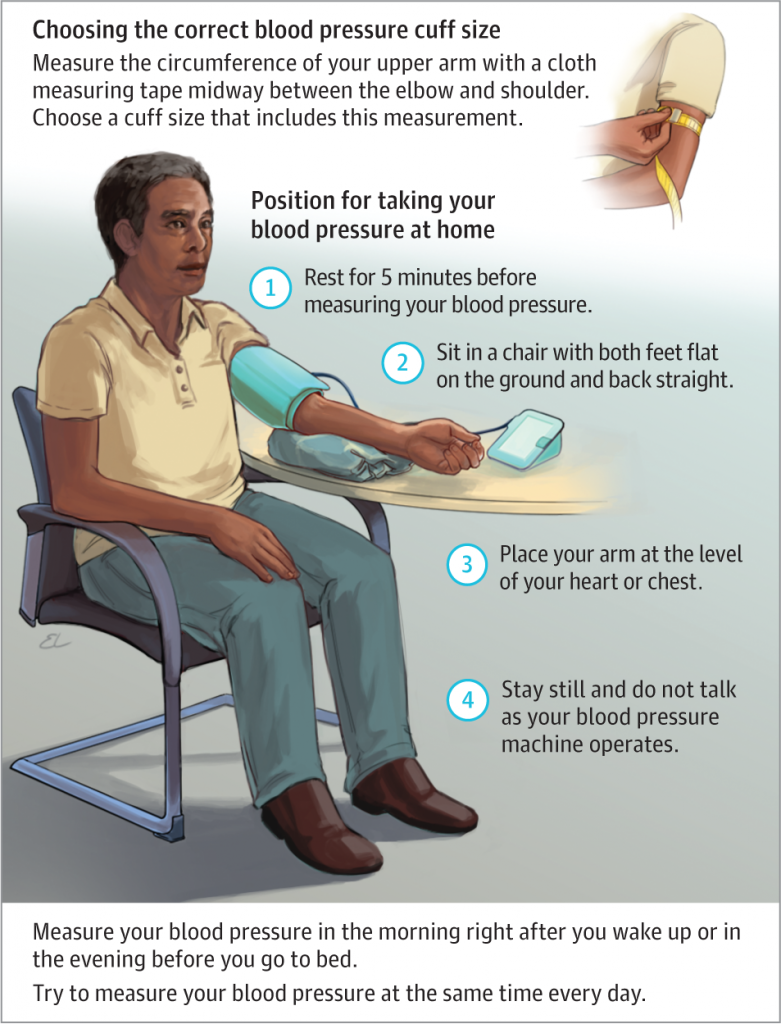CV Disease Risk Management – ADA 2018 Update
After the American Heart Association set a new B/P target of 130/80, the diabetes world held their breath to see if the American Diabetes Association (ADA) would follow suit and lower it’s BP target.
The ADA maintains the B/P target of 140/90, based on a comprehensive review of studies measuring the cost/benefit of blood pressure control in people with diabetes. They specifically summarized the ACCORD BP trial findings (see below paragraph*).
Current ADA Recommendations are as follows:
Hypertension, defined as a sustained blood pressure more than or equal to 140/90 is a major risk factor for both CV and microvascular complications. Numerous studies demonstrate that antihypertensive therapy reduces CV events, heart failure, and microvascular complications.
 Screening and Diagnosis Recommendations
Screening and Diagnosis Recommendations
-
Blood pressure should be measured at every routine clinical visit.
Patients found to have elevated blood pressure (more than or equal to 140/90) should have blood pressure confirmed using multiple readings, including measurements on a separate day, to diagnose hypertension. -
All hypertensive patients with diabetes should monitor their blood pressure at home.
Blood pressure should be measured by a trained individual and should use the following guidelines:
- Measurement in the seated position, with feet on the floor and arm supported at heart level, after 5 min of rest.
- Cuff size should be appropriate for the upper-arm circumference. Elevated values should be confirmed on a separate day.
- Postural changes in blood pressure and pulse may be evidence of autonomic neuropathy and therefore require adjustment of blood pressure targets. Orthostatic blood pressure measurements should be checked on initial visit and as indicated.
*”In ACCORD BP, compared with standard blood pressure control (target systolic blood pressure <140 mmHg), intensive blood pressure control (target systolic blood pressure <120 mmHg) did not reduce total major atherosclerotic cardiovascular events but did reduce the risk of stroke, at the expense of increased adverse events. The ACCORD BP results suggest that blood pressure targets more intensive than <140/90 mmHg are not likely to improve cardiovascular outcomes among most people with type 2 diabetes but may be reasonable in selected patients who have been educated about added treatment burden, side effects, and costs.”
For more info please see the Cardiovascular Disease Management- American Diabetes Association Standard of Care – Jan 2018
Want to learn more about this and other topics?
- Join our Standards of Care Webinar – Jan 19, 2018
- Cholesterol Medications Cheat Sheets 2016
- Antihypertensive Meds Cheat Sheets 2016
- Join our Meds Update Webinar – Feb 19, 2018
- Download CDCES Coach App – FREE









